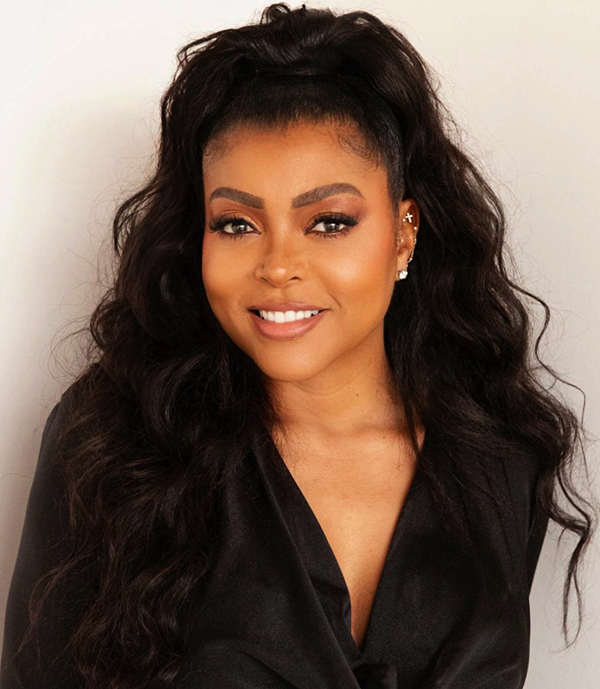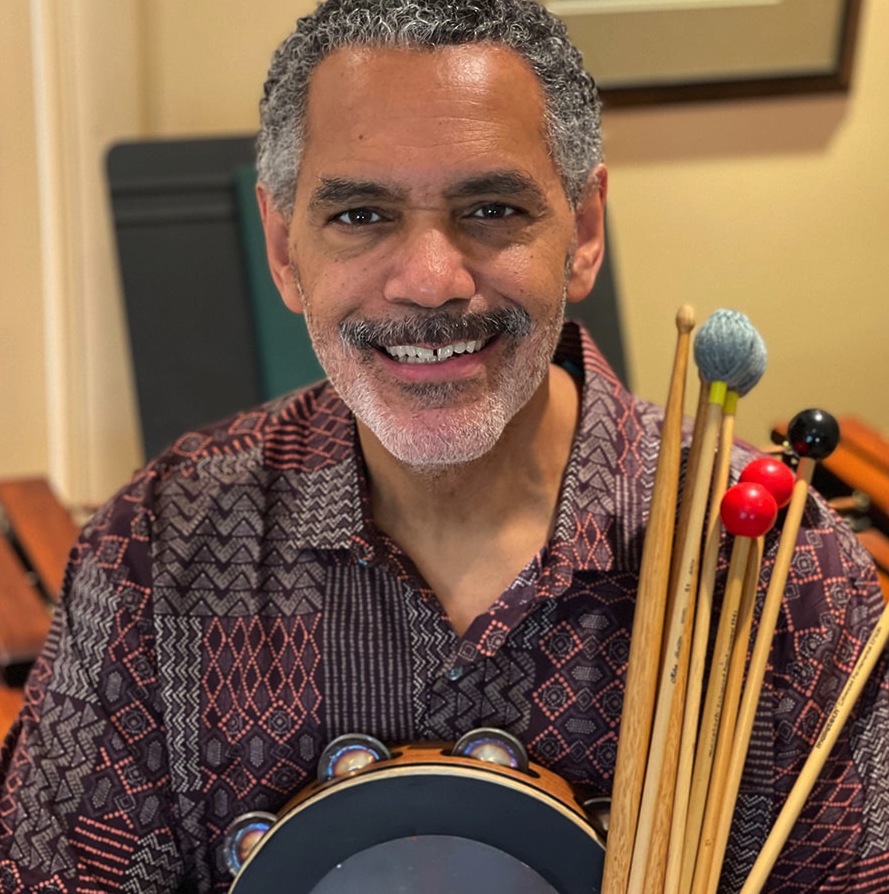By Darlene Donloe
When actress Carolyn Ratteray was growing up in her hometown of Washington, D.C., both of her parents were active in social justice and the struggles of Black education.
Toward the end of her mother’s life, the conversations Ratteray had with her revealed just how exhausting social justice could be.
“I could feel this pressure to be a strong, Black woman,” said Ratteray during a recent interview. “I was curious about the expectations and pressures to show up a particular way.”
Today, Ratteray shows up as a Black queer woman who is a successful actress, director, playwright and college professor still seeking answers.
She chooses to identify as a Black queer woman.
“Sometimes when I speak, I clarify the identities that inform my work,” Ratteray said. “It’s semi-autobiographical. I have a love interest in the show — a woman. It becomes part of the thread of the show. We can always have more narratives in the canon. For me to contribute to stories that reflect the pantheons of who we are, I believe in having representation in our stories. I never shy away from expressing myself. There is the question, How do we bring our whole selves into a space?”
On her journey to find herself, her Black joy, and the meaning of it all, Ratteray wrote a play called, “Both And (A Play About Laughing While Black)”.
An Emmy-nominated actress, Ratteray is performing the play, which won the Los Angeles New Play Project Award in 2021, when The Wallis Presents The Boston Court Pasadena Production of ‘Both And (A Play About Laughing While Black)’ at the Wallis Annenberg Center for the Performing Arts through Jan. 28.
The one-woman play, which Ratteray developed at Boston Court where it premiered in April 2022, is a humorous yet poignant exploration of the loss and recovery of joy told through the eyes of a young Black queer woman caught in the netherworld, moments before her mother’s death.
Ratteray’s passion for storytelling came from the first acting workshop she took while in the third grade.
“I’ve loved it since then,” she said. “It kept me out of trouble. To be around stories and a desire to embody a lot of human experience, it’s always been a passion of mine. I know one reason acting grabbed me is — I have always loved language.”
Ratteray said she got the love of language from her father.
“I would sit on the dryer in the basement,” she said. “We had poetry books. I would read them. I’d give a dramatic reading. I would keep poems in my pocket. When I needed to engage with my emotions, I would pull them out. I love riding the current of all the emotions. I love heightened language. Grateful for the books that were lying around. I would give dramatic readings to my stuffed animals. It was the most fun.”
She credits her mother with her love of the arts.
“My mom was an incredibly passionate woman,” she said. “She gave up a safe career and started her own business that focused on Black education. I learned from her to follow my passion. My parents gave me the space to find out what they were.
Ratteray worked with Emilie Pascale Beck to tighten up the script for the Wallis run.
The play’s unique storytelling uses clowning, poetic text, humor, honesty and passion to become a meditation about how to reconnect with that joy.
In the show, while the main character, Teayanna’s mother, is dying, she finds herself in a netherworld between life and death struggling to help her mother cross over. The journey reveals the wisdom of the ancestors, invokes the legacy of the Middle Passage, and unfolds the surprising secrets within her mother’s purse.
“It was important to write this play, which has several origin stories because of my parents’ social justice and Black education struggles,” said Ratteray. “My parents spent their life in service. Also because of the expectations and pressures, I wanted to explore that.”
Ratteray, whose mother died 20 years ago, and whose father died in 2013, said the title of the show comes from the question of how to be “both.”
“How do I gain access to my softness and vulnerability,” she said. “I can be smart. I can be wise and maintain my innocence. I want to have access to all of me. This show is an investigation of that journey. It’s about how to journey to be a whole being.”
Ratteray said that’s, “Just one kernel.”
“The show is about a woman on the eve of her mother’s death,” she said. “She touches her mother’s hand and they both get transported to this afterlife. How do I get my mom to cross over? They take a journey of letting go and coming into wholeness. That’s what is explored. Teyanna learns the lesson the entity, which comes forth as a clown, is trying to teach her.”
During her research, Ratteray, who took clown and improv classes, discovered the power behind the clown.
“Clown training is important for any human to do,” she said. “It opened me up to a world of inspiration, insight and discovery. I could talk for a long time about the power of clowns. Not necessarily the horror clown or party clown. I’m talking about the one that invites you to touch your vulnerability. There are a lot of lessons to learn through a clown.”
Ratteray said at Celebration Barn Theatre, where they workshop new material, one of the teachers asked the class to come back with a little piece of nothing.
“I was taking clown and improv classes,” she said. “I came back with this little clown play. My guiding question was how does a clown handle grief? I know how humans handle it. I came back with a two-minute piece. This play grew from my explorations in clowning. It’s a conversation.”
Ratteray said “Both And,” directed by Andi Chapman, is unlike other shows people have seen.
“For this show, I have attempted to create a mythology around the clown and amplify the narrative that every single culture has talked about this entity energy,” she said. “I want to push back on a clown being a European construct. It’s been with us in Africa, been with us over the Middle Passage. People aren’t expecting to see a clown.”
This is Ratteray’s first full-length play. She was originally going to enter the first version in the Fringe Festival. She threw out the original frame. Boston Court helped her workshop her show.
Her career has had many highs, but Ratteray said she’s most proud of “Both And.”
“This show is what I’m most proud of,” she said. “To work at Boston Court — the brains that pushed this play. To feel myself as a creator. To bring my story to the stage. This encapsulates my message and what I want to say. This is, by far, the most artistic experience I’ve ever engaged in.”
One of Ratteray’s goals is for someone’s desire to find a pathway to their joy — even through the struggle.
“How do we hold on to our joy,” she said. “Even though we have to fight the good fight the next day.”
“Both And (A Play About Laughing While Black),” Wallis Annenberg Center for the Performing Arts, 9390 N. Santa Monica Blvd., Beverly Hills; through Jan. 28; $10-$39; thewallis.org.
Darlene Donloe is a freelance reporter for Wave Newspapers who covers South Los Angeles. She can be reached at ddonloe@gmail.com.













